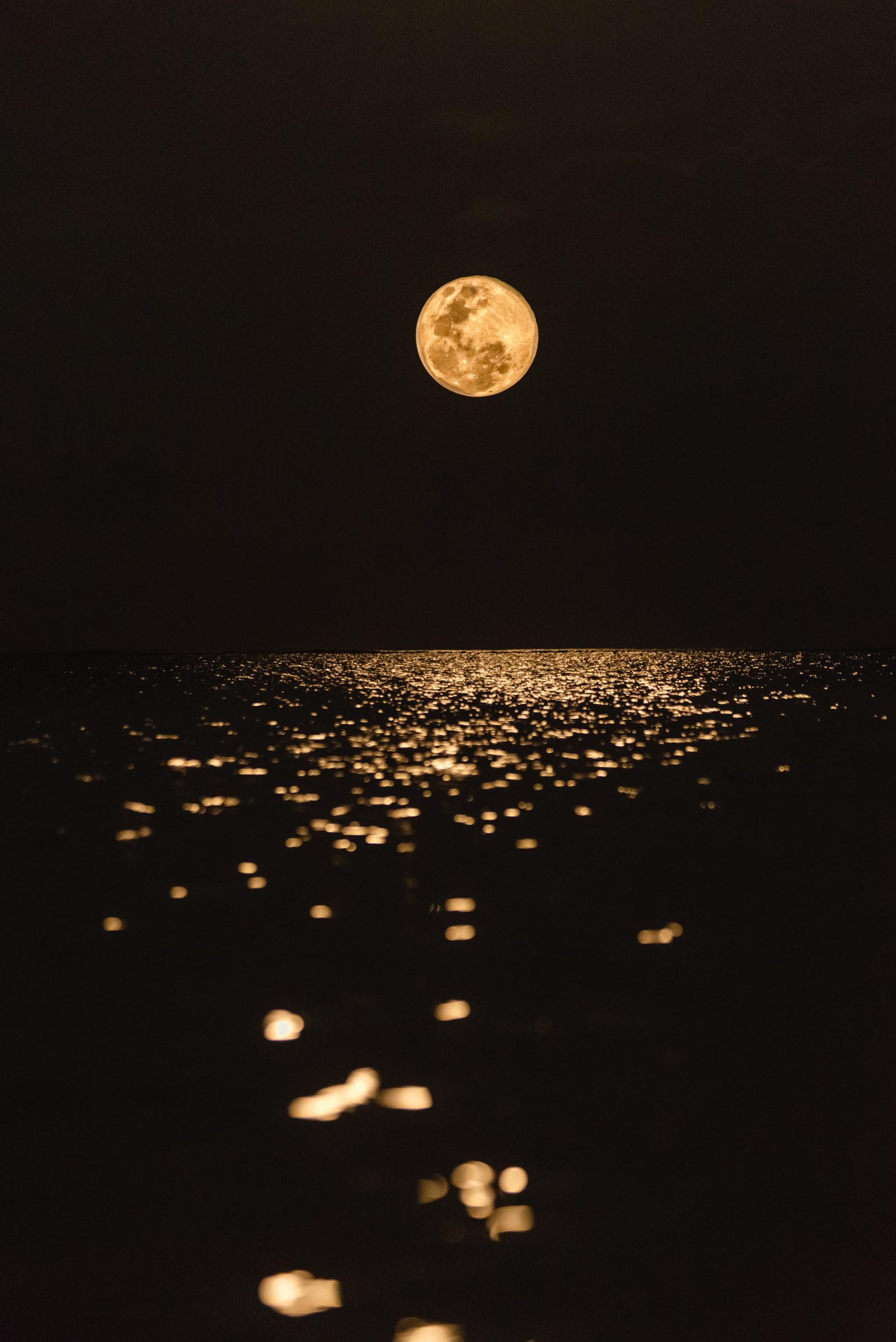How Long Do Lunar Eclipses Last?
One of the most fascinating celestial events to observe is a lunar eclipse. This captivating occurrence happens when the Earth is positioned directly between the sun and the moon, causing the Earth’s shadow to fall on the moon’s surface. As the moon moves through the Earth’s shadow, it experiences different phases, ultimately leading to a spectacular display of colors and shapes. But how long do lunar eclipses actually last? Let’s explore this celestial phenomenon in detail.
Understanding the Different Phases of a Lunar Eclipse
A lunar eclipse goes through several stages, each with a varying duration:
1. Penumbral Eclipse
The penumbral eclipse is the initial and subtlest phase of a lunar eclipse. During this stage, the moon enters the Earth’s penumbra, which is the outer portion of its shadow. As the moon moves through this faint shadow, it dims slightly. However, the penumbral eclipse is challenging to discern with the naked eye and can be difficult to observe without the aid of astronomical instruments. On average, this phase can last anywhere from a few minutes to a couple of hours.
2. Partial Eclipse
The partial eclipse is the second phase of a lunar eclipse, where a portion of the moon passes through the Earth’s umbra, the darker center region of the shadow. This phase is more visually striking than the penumbral eclipse. As the Earth’s shadow engulfs a significant part of the moon, an observer can see a noticeable crescent or circular section being eclipsed. The duration of the partial eclipse varies, typically lasting between one and three hours.
3. Total Eclipse
The total eclipse is the pinnacle of a lunar eclipse, where the entire moon is within the Earth’s umbra. At this stage, the moon takes on a reddish hue, commonly referred to as a “blood moon.” This captivating color transformation is caused by the Earth’s atmosphere scattering sunlight, projecting a range of colors onto the moon. A total lunar eclipse typically lasts for about one hour, but the exact duration can vary from eclipse to eclipse.
Factors Influencing the Duration of Lunar Eclipses
The duration of a lunar eclipse can be influenced by several factors:
1. Orbital Positions
The positions of the Earth, moon, and sun in their orbits play a significant role in determining the length of a lunar eclipse. The relative distances between these celestial bodies can lead to variations in the size and shape of the Earth’s shadow, consequently affecting the duration of the eclipse.
2. Earth’s Diameter and Atmospheric Conditions
The Earth’s diameter and atmospheric conditions can also influence the length of a lunar eclipse. As the Earth’s shadow encompasses a larger area, it takes the moon longer to pass through it, resulting in a lengthier eclipse. Additionally, the Earth’s atmosphere can affect the appearance and color of the moon during a total lunar eclipse.
The Shortest and Longest Lunar Eclipses in Recent History
While the average duration of a lunar eclipse is around three hours, the actual duration can vary significantly from one eclipse to another. Here are a couple of notable examples:
| Lunar Eclipse | Date | Duration |
|---|---|---|
| Shortest Lunar Eclipse | April 4, 2015 | 4 minutes and 43 seconds |
| Longest Lunar Eclipse | July 27, 2018 | 1 hour, 42 minutes, and 57 seconds |
The shortest lunar eclipse in recent history occurred on April 4, 2015, lasting a mere 4 minutes and 43 seconds. In contrast, the longest lunar eclipse occurred on July 27, 2018, and lasted an impressive 1 hour, 42 minutes, and 57 seconds.
Observing and Enjoying Lunar Eclipses
Lunar eclipses offer a wonderful opportunity to observe and appreciate the beauty of our celestial neighbors. To make the most out of these events, consider the following tips:
- Check the schedule: Stay up to date with upcoming lunar eclipses by consulting astronomical sources or websites.
- Choose a suitable location: Find a location away from excessive light pollution for optimal visibility.
- Gather the right equipment: While a lunar eclipse can be enjoyed with the naked eye, using binoculars or a telescope enhances the viewing experience.
- Be patient: Lunar eclipses can last for several hours, so be prepared to spend some time observing the event.
In conclusion, the duration of a lunar eclipse can range from a few minutes during a penumbral eclipse to over an hour for a total eclipse. Various factors, including the orbital positions of celestial bodies and atmospheric conditions, contribute to the length of this captivating celestial phenomenon. Regardless of its duration, observing a lunar eclipse is an awe-inspiring experience that allows us to appreciate the wonders of our solar system.
Table of Contents
